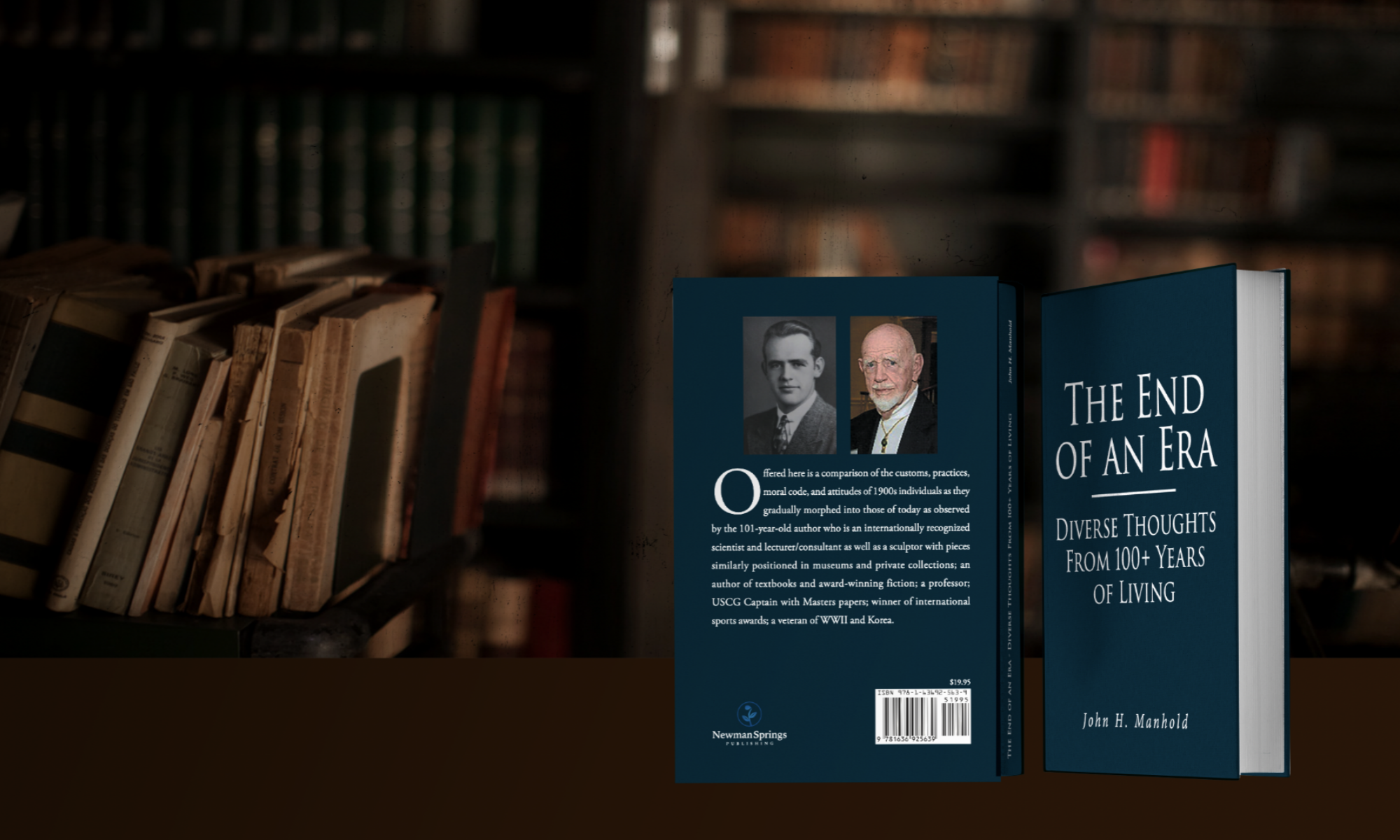The Bottomless Cloud by Thomas Koulopoulos & David Friend.
Sub-titled “How AI the next generation of the cloud and abundance thinking will radically transform the way you do business” the authors have provided a small book with projections for the future that are as mind-boggling as others in the growing number of similar predictions; i.e., the fact that the world is being overwhelmed with data and that some means of dealing with it is mandatory. It is reported that Japan estimates that if data centers continue to grow, they will consume all of the country’s energy output by 2030. By 2200 “Even with most conservative estimates, we will exceed the capacity to store one bit on every atom that makes up the earth.” Even now, the authors tell us that two-thirds of companies claim data storage costs are their number one data challenge. According to those deeply involved in business, as well as those on the more forward reaches of innovation, the cloud has become a focal point of consideration and, as described by the authors, activities by Google, Amazon and others certainly are going to accelerate the much needed activity so we move quickly beyond the present early phase.
Discussion: This small book offers another interesting projection for the future. It also suggests ways of altering one’s procedures and a corporation must think about “How AI the next generation of the cloud and abundance thinking will radically transform the way you do business.” It provides a short “Cloud Assessment” that consists of two sets of questions believed to be helpful. One is for the ‘business-focused c-level exec (CEO/CFO). The second for the technology-focused c-level (CIO/CTO) as to “how well it is leveraging the benefits of the Cloud.” For the uninitiated with little understanding about the amount of data they are speaking, a table is included that lists “Just how much data is that” and in order defines Kilobyte, Megabyte and down through all 10 levels to and including “sexdecibyte – 10 ^51 Total number of atoms in the earth” with a Note – “Conservatively, the data storage requirements by 2020.”
Conclusion: This is not a book for the casual reader. The authors have presented material primarily useful to individuals involved in commercial and related activities. However, for those not so involved, the book offers another look at what we may be expected to experience much more rapidly than previously thought. Regrettably, and perhaps for some inane reason the fault may be with the older Kindle unto which this book was downloaded, but the format for this reader was one of the most difficult ever encountered. It is hoped others did not or will not suffer the same experience.
3* 5* Specific audience; others to be current; 3* general readership.
